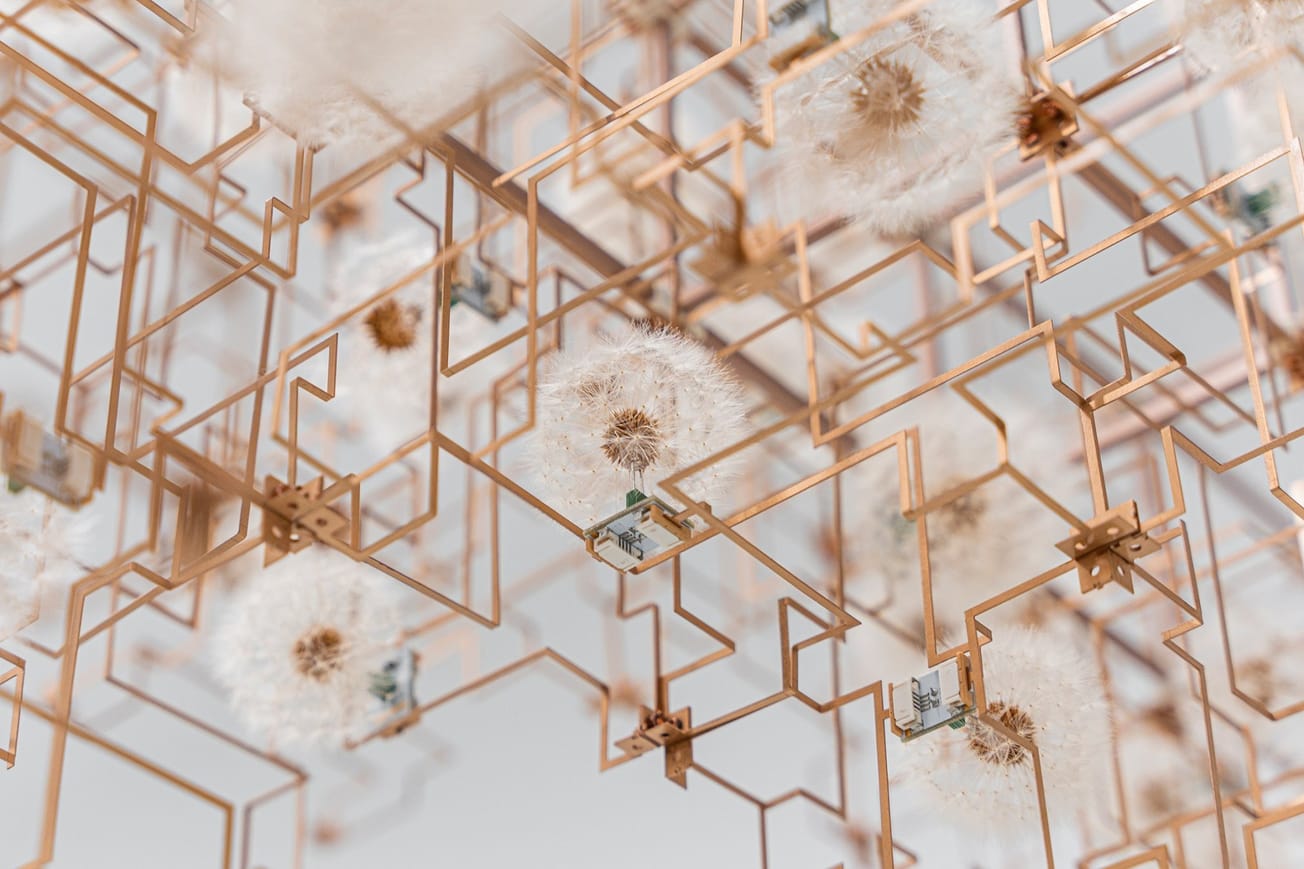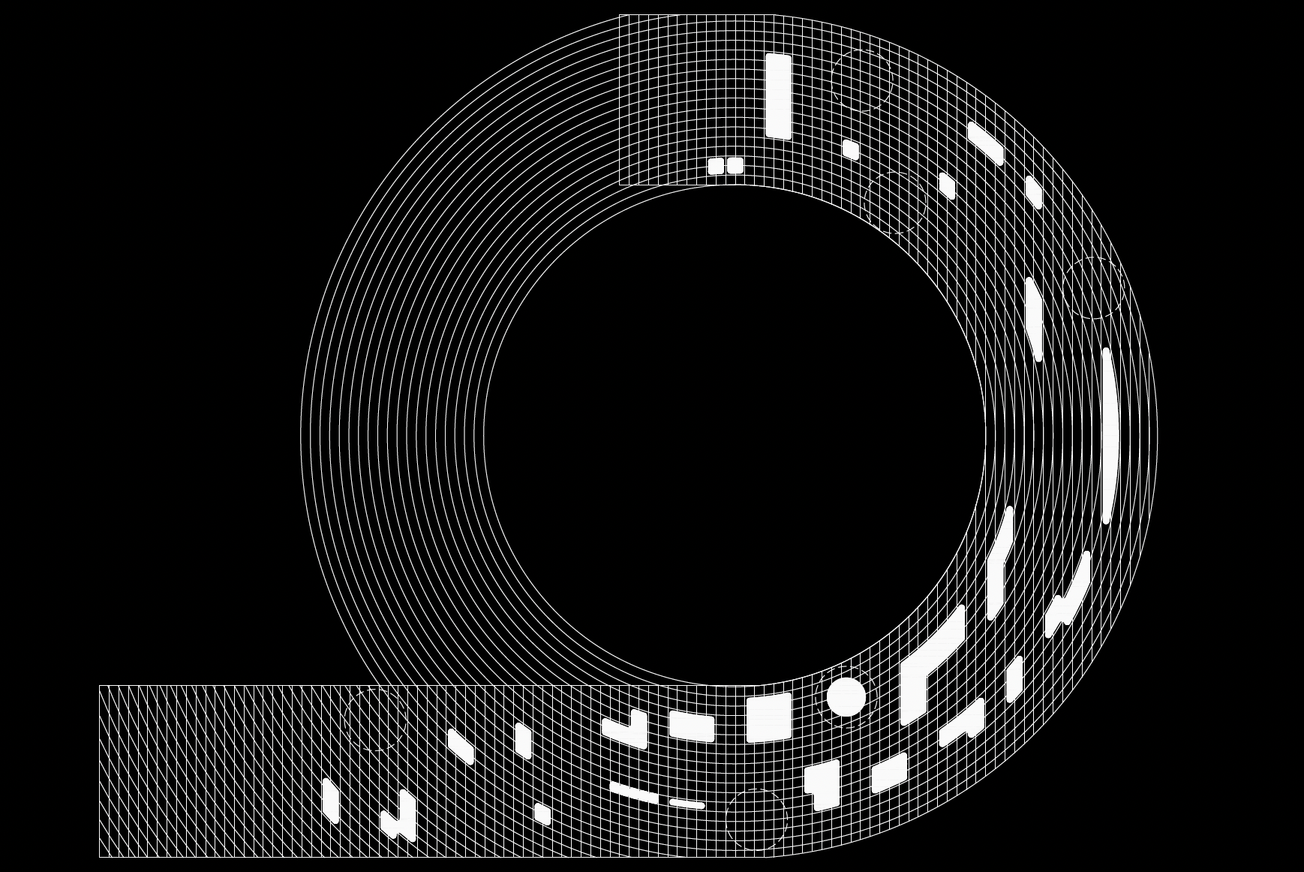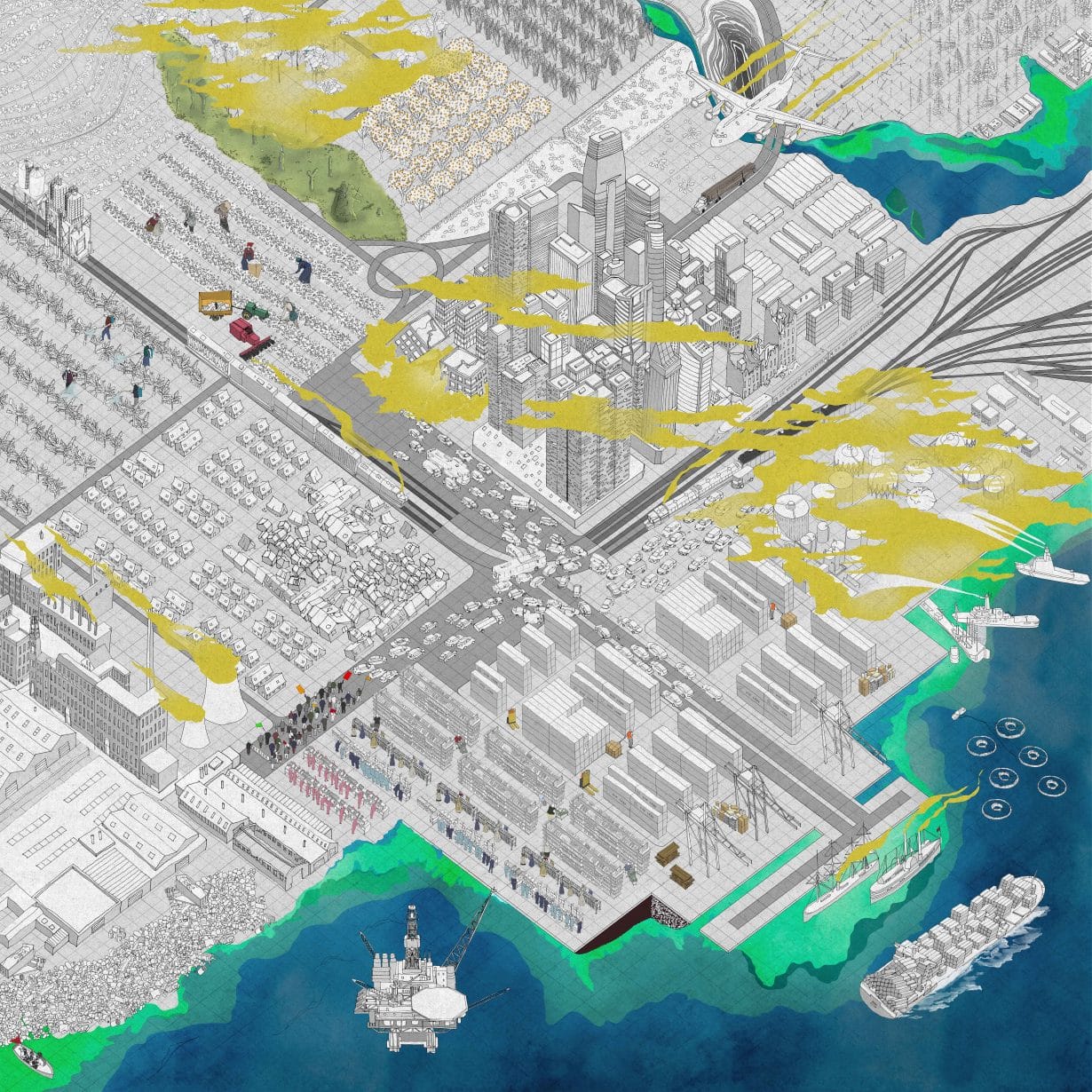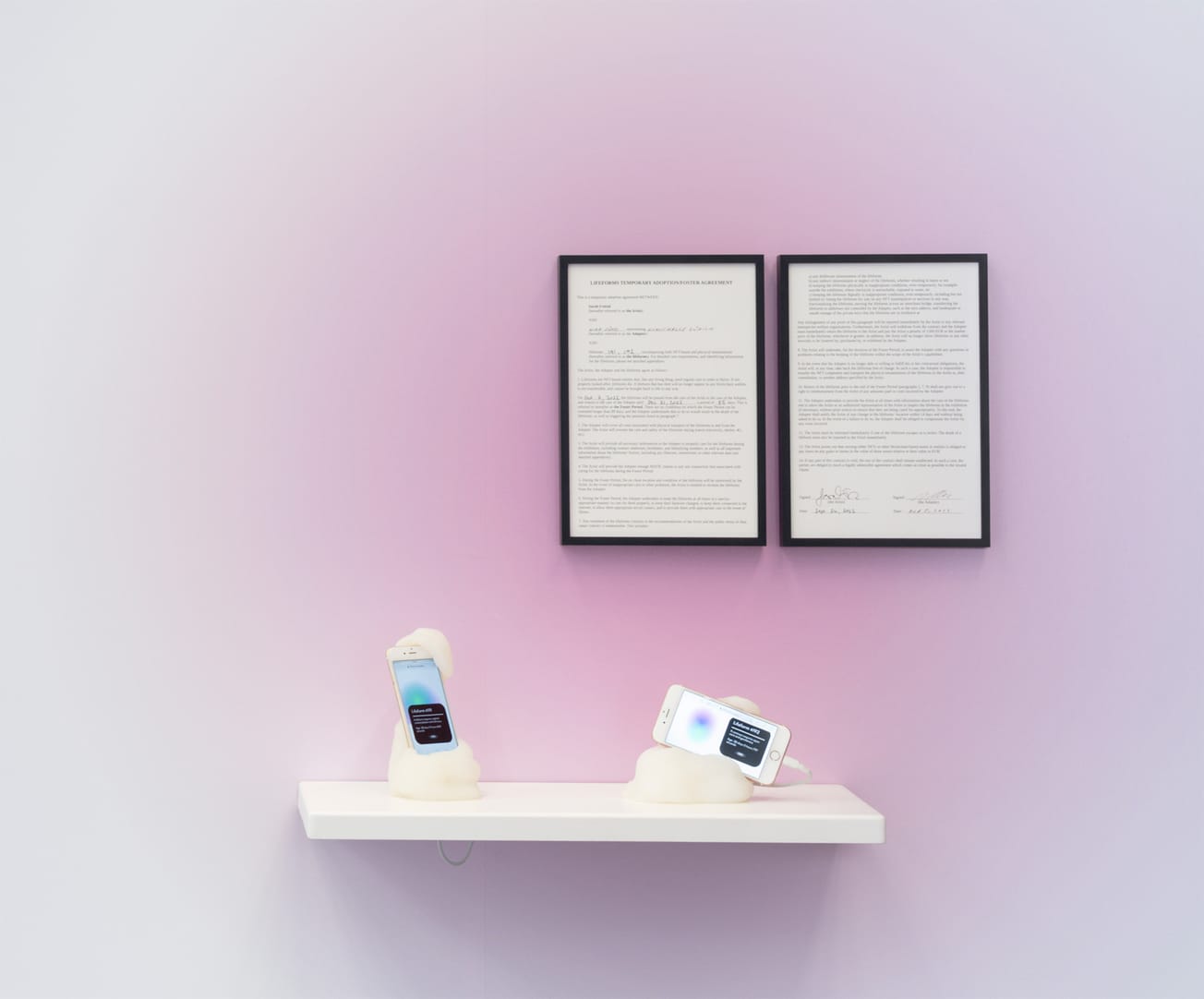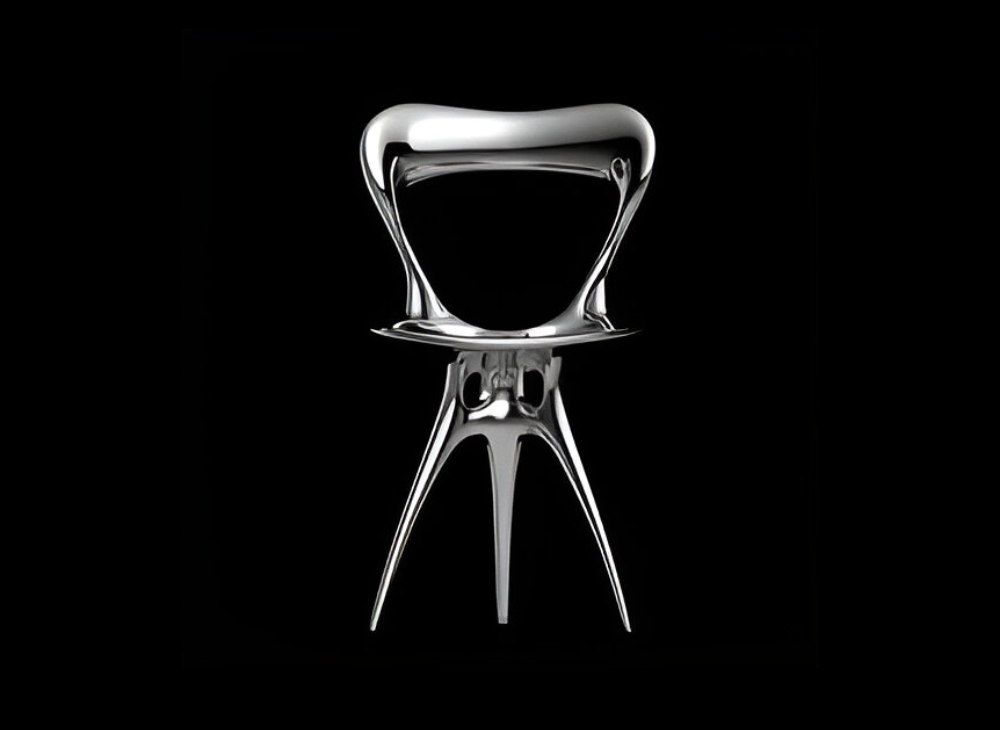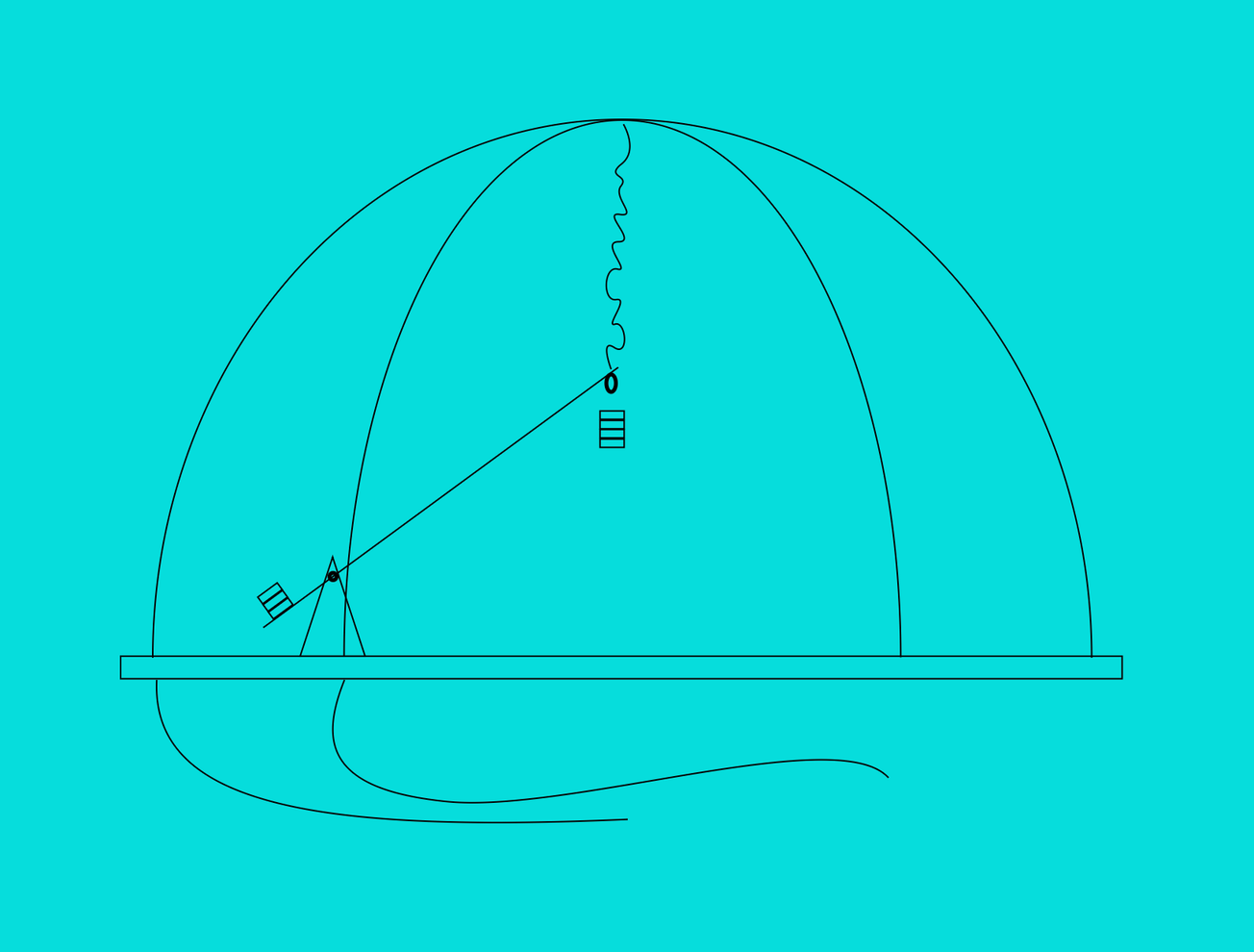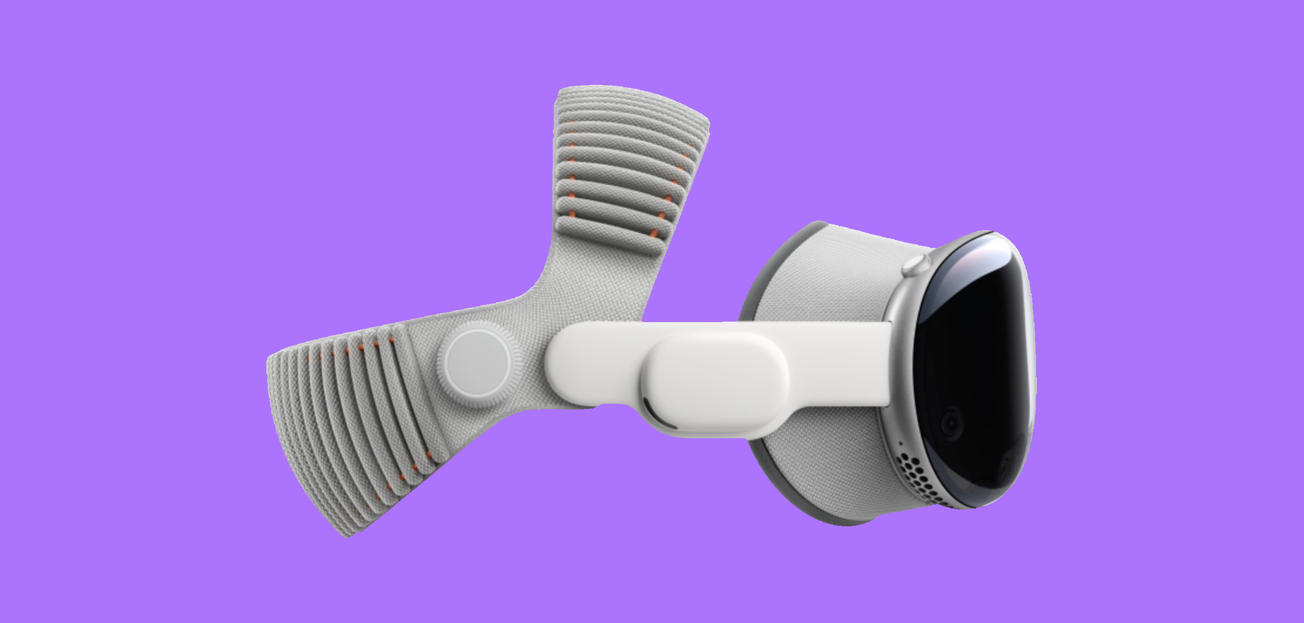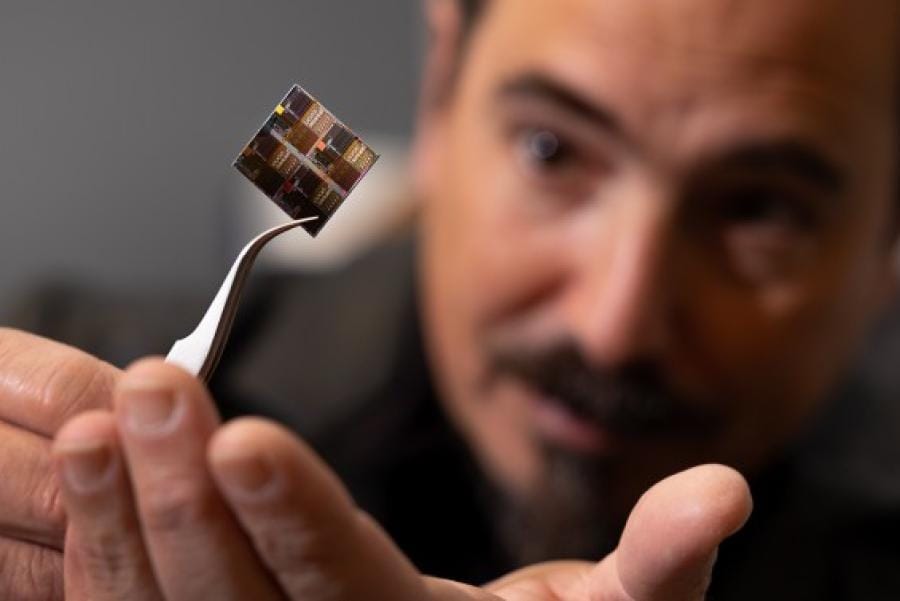The boundaries between art, design, media, and technology are dissolving. Once distinct disciplines now operate within an expanded field where digital systems and material environments merge into new forms of hybrid creativity. The result is not simply a digital transformation but a shift in how creative practice itself is conceived—distributed across software and sensors, data and gesture, virtual and physical space.
From interactive installations and robotic sculpture to generative architecture and responsive environments, today’s design-tech landscape is defined by convergence. Artists and designers are no longer working with technology—they’re working through it, using computation and connectivity as the raw material of expression.
Hybrid Interfaces
The most compelling examples of this continuum treat technology not as a tool but as a collaborator. Studio Drift’s Fragile Future series, for instance, merges dandelion seeds and LED circuits into delicate light sculptures that fuse natural fragility with technological precision. The work makes tangible the interdependence of organic and artificial systems—an aesthetic logic echoed in their recent drone-based performances like Franchise Freedom, where hundreds of autonomous drones mimic the collective behavior of starlings in flight.
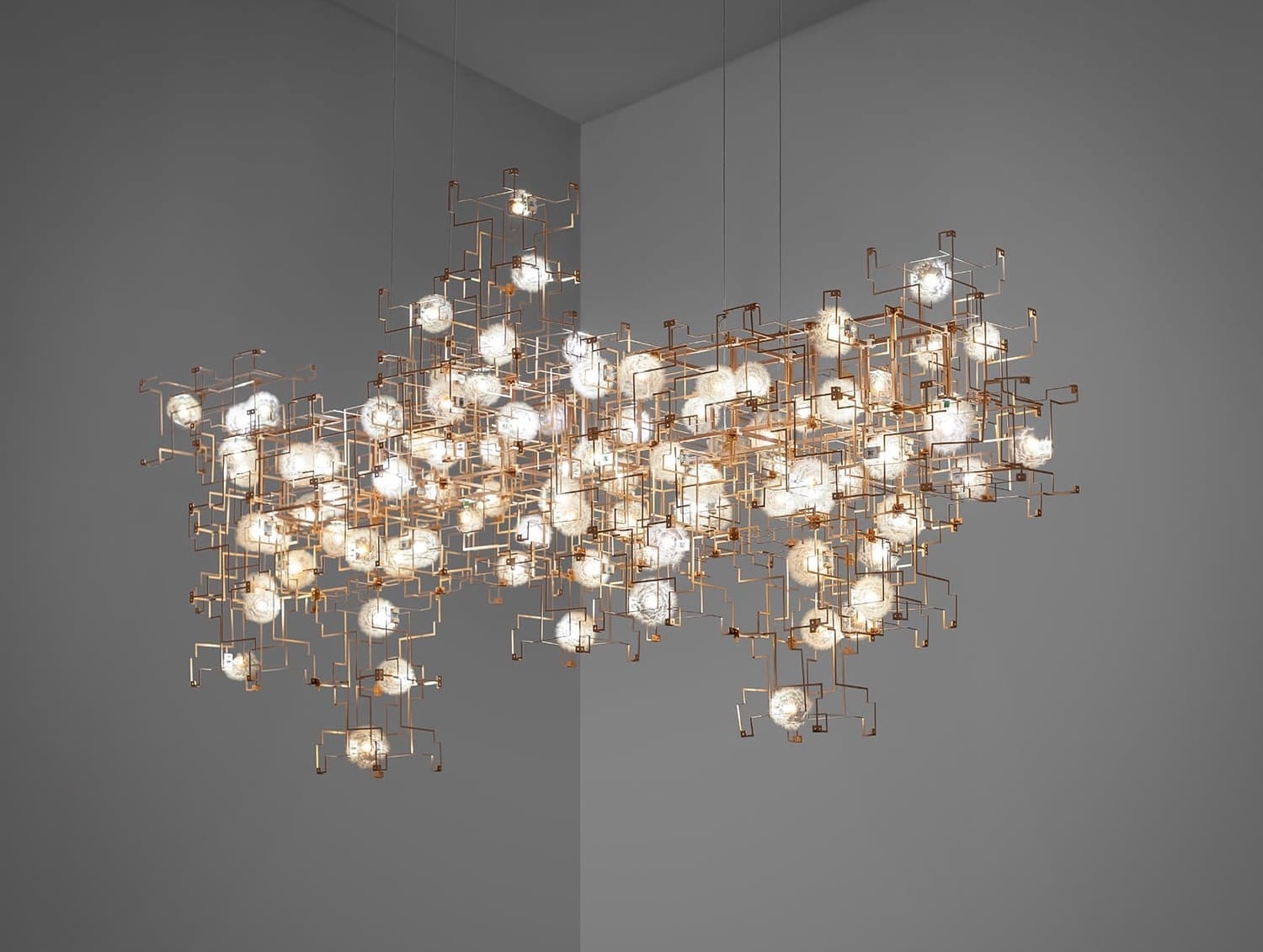
Similarly, Random International’s Rain Room (2012–ongoing) transforms environmental control into an embodied interface. Using motion sensors and real-time data processing, the installation allows visitors to walk through falling rain without getting wet, collapsing the distinction between environmental experience and algorithmic control. The body becomes a responsive node within a cyber-physical system.
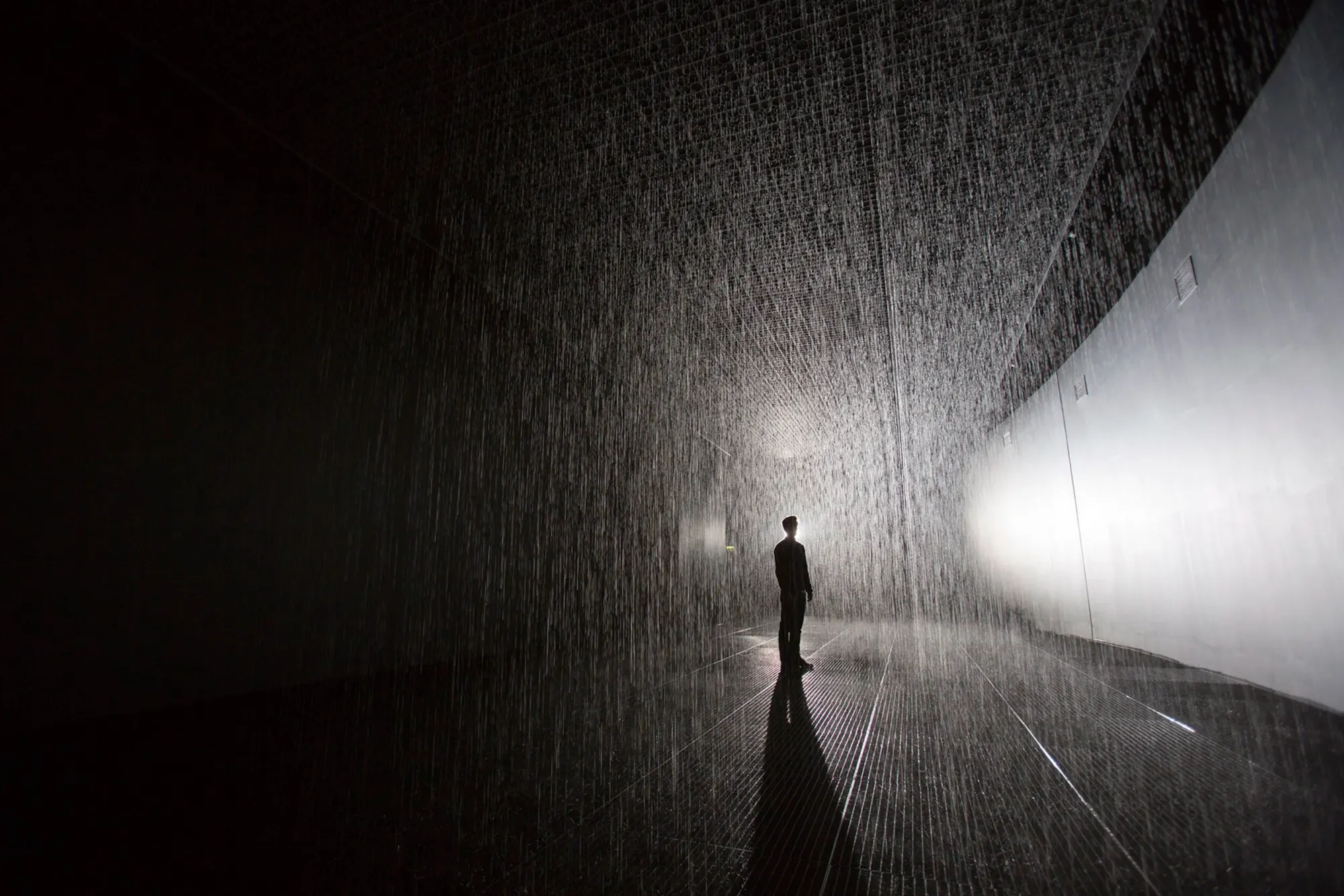
Such works signal a broader trend: interaction as material. Rather than static displays, creative systems now respond dynamically to movement, sound, or data. This is evident in the installations of Refik Anadol, whose Machine Hallucinations series translates massive datasets—ranging from architectural archives to satellite imagery—into immersive, AI-generated visual environments. These works are not representations but processes, blending computational abstraction with sensory immersion.
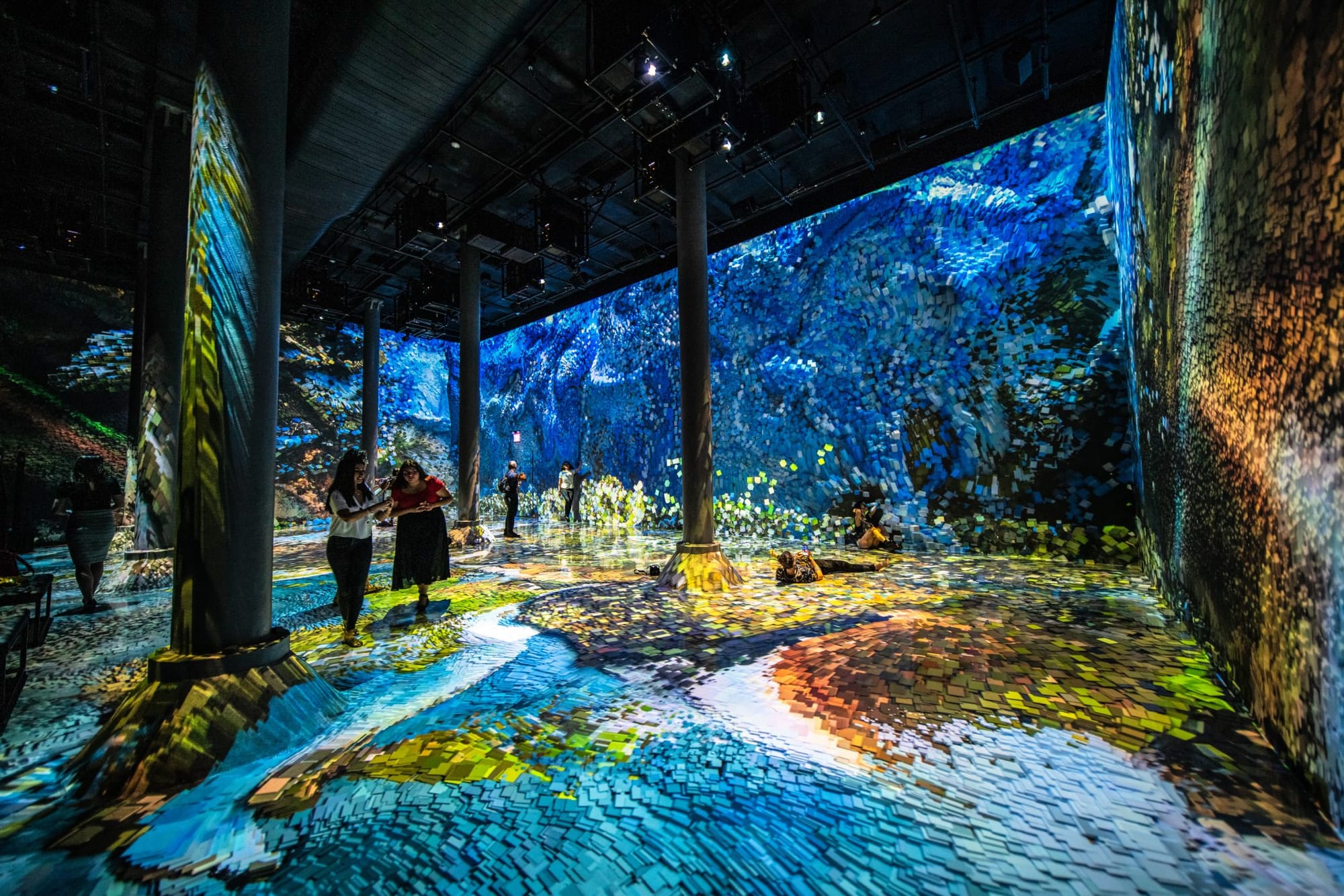
The Living Circuit
In parallel, designers and technologists are exploring how biological and synthetic systems might inform one another. MIT’s Mediated Matter Group, led by Neri Oxman, pioneered this approach through projects like Aguahoja (2018), a series of biodegradable structures fabricated from chitin, cellulose, and pectin using robotic extrusion. The result is a material ecology that repositions design as a living interface between nature and computation.
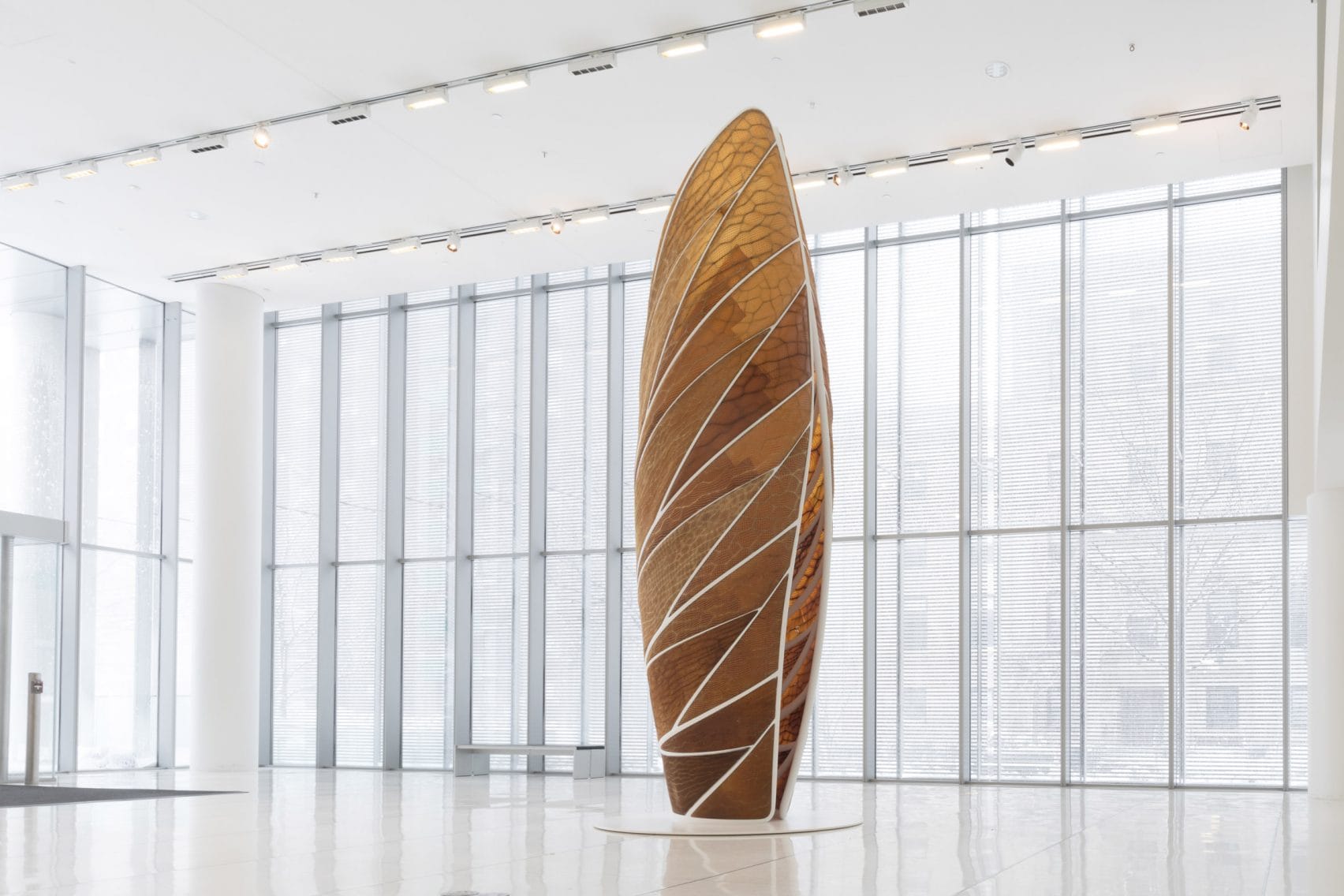
This bio-digital approach extends to projects like Hylozoic Ground by Philip Beesley, where sensor-embedded structures appear to “breathe” in response to human presence. Here, architecture behaves as an organism—a responsive ecosystem driven by feedback loops between machine intelligence and environmental stimuli.
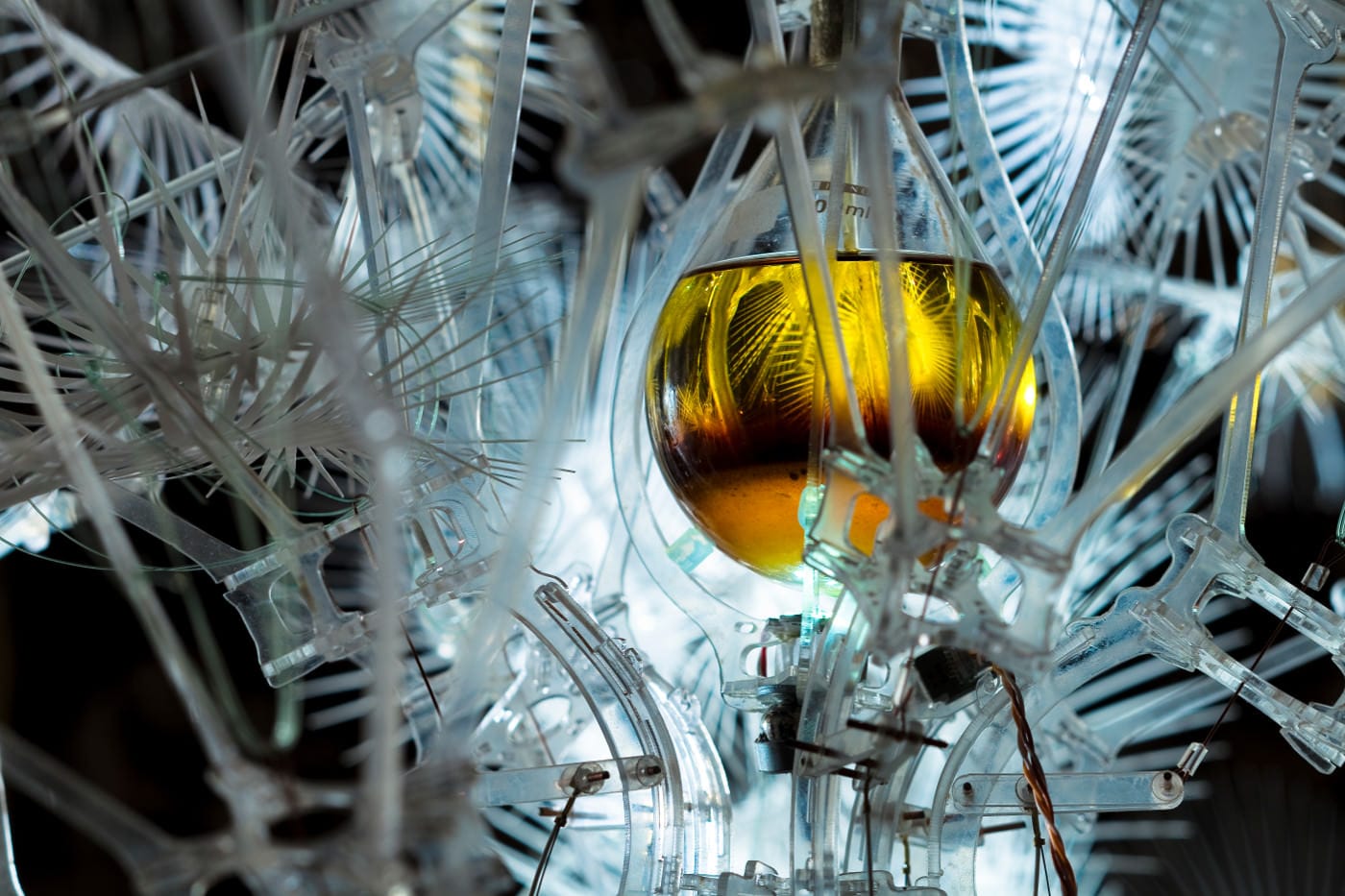
Across these works, technology becomes less about efficiency and more about emergence. Designers operate as system choreographers, setting up conditions for interaction and adaptation rather than dictating fixed outcomes. The resulting artefacts—whether soft robotics, kinetic architecture, or responsive textiles—embody a new kind of intelligence, one that is distributed, embodied, and situational.
Immersive Systems
Media artists have long experimented with immersive environments, but recent advances in sensing, real-time rendering, and spatial computing are expanding the field’s vocabulary. Tokyo-based collective teamLab has become a global reference point for this mode of practice. Their installations—such as Borderless in Tokyo and Planets in Osaka—dissolve the physical boundaries between viewer and artwork. Motion tracking, projection mapping, and multi-sensory cues generate a seamless field of interaction, where digital flora respond to touch and presence.
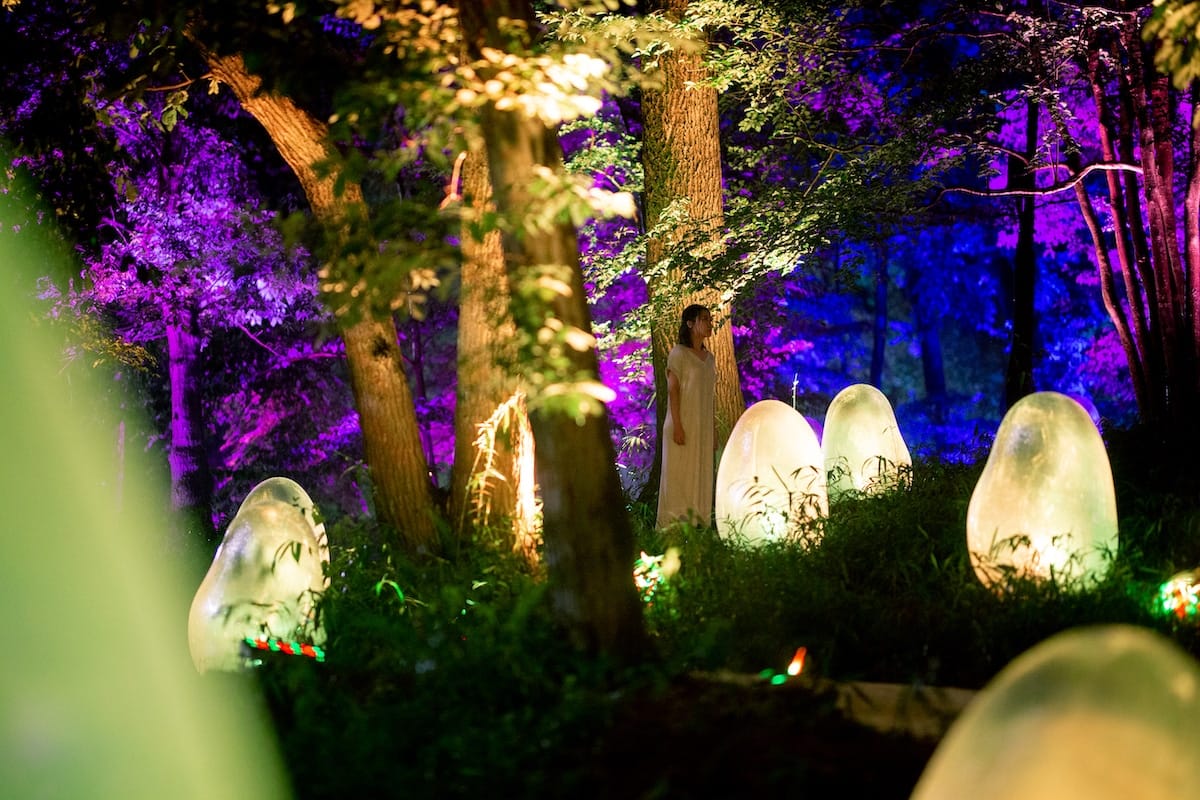
Beyond spectacle, immersive systems are being used as instruments for inquiry. Marshmallow Laser Feast’s We Live in an Ocean of Air (2018) visualizes the exchange of oxygen and carbon dioxide between humans and trees using real-time data and VR. By translating invisible ecological processes into perceptual experiences, the work reframes immersion as a medium for environmental awareness rather than escape.
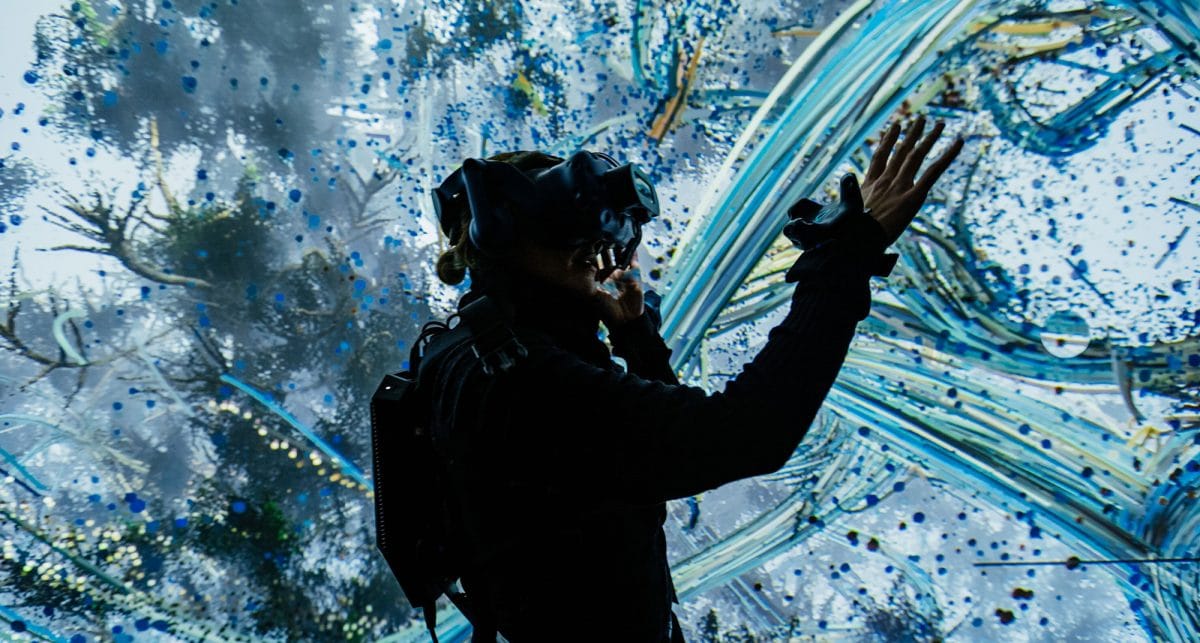
Meanwhile, designers like Es Devlin are using AI-driven projection and choreography to stage performances that integrate audience movement and collective data. Her Memory Palace (2019) installation at Pitzhanger Gallery transformed historical narratives into spatial storytelling, blending physical architecture and digital mapping. These projects foreground narrative as a spatial, networked experience—an architecture of information as much as of form.
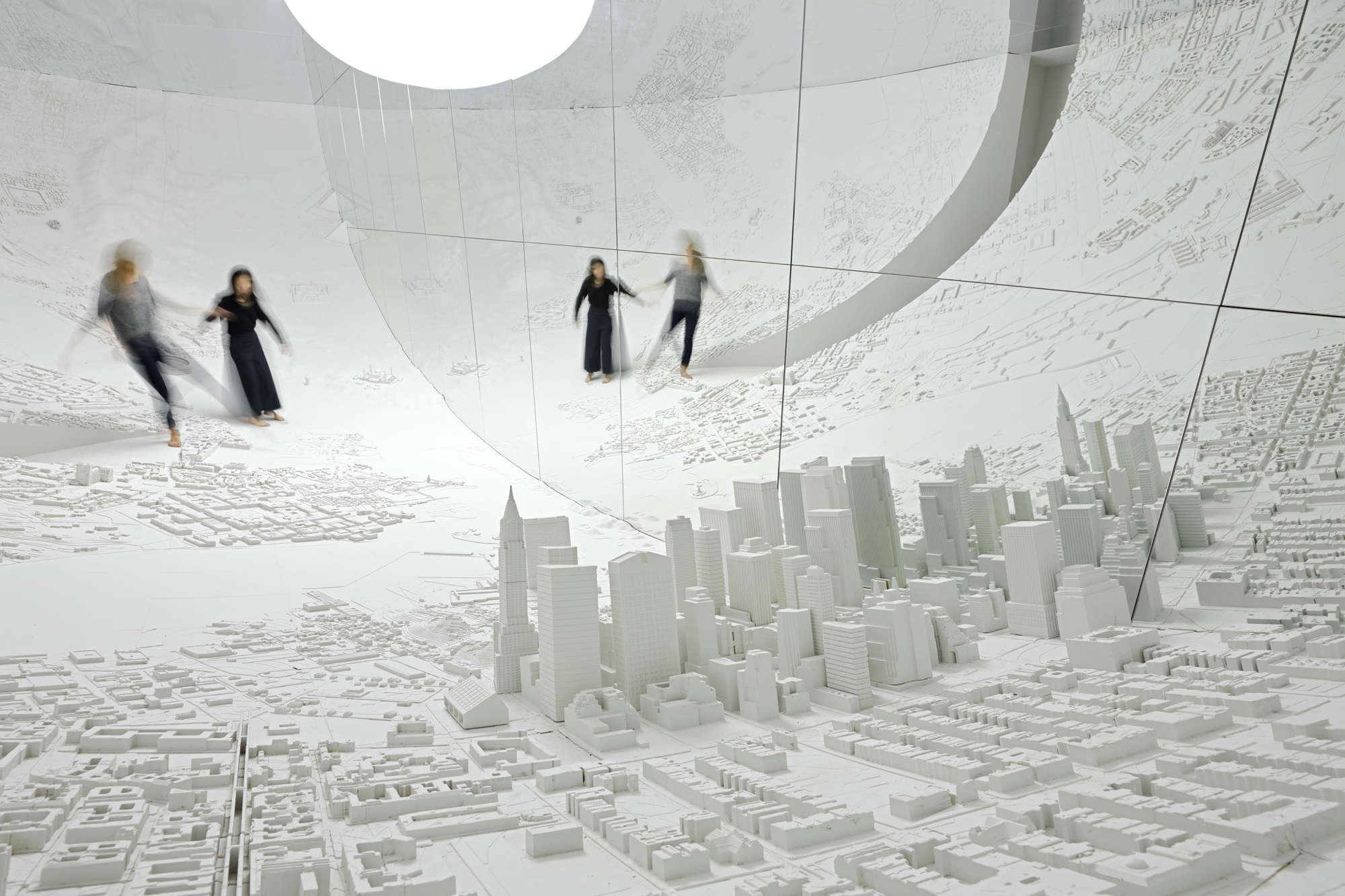
Designing the Continuum
What ties these practices together is a shift from static object-making toward systems thinking. The creative act is no longer confined to producing artifacts but to designing the conditions through which matter, data, and behavior interact. The continuum between digital and physical is now an operational space—where feedback, automation, and embodied experience converge.
This perspective is increasingly visible in architecture and product design. Firms like MAD Architects, Zaha Hadid Architects’ CODE group, and MX3D are developing adaptive systems that combine parametric modeling, robotic fabrication, and environmental sensing. MX3D’s 3D-printed steel bridge in Amsterdam, equipped with sensors and data visualization tools, stands as a literal manifestation of cyber-physical infrastructure—a structure that monitors its own behavior while serving as public space. In industrial design, practitioners such as Ross Lovegrove and Formafantasma explore material intelligence through digital modeling and sustainable processes. Their works translate the logic of computation into tangible form, blurring the line between algorithmic precision and artisanal craft.
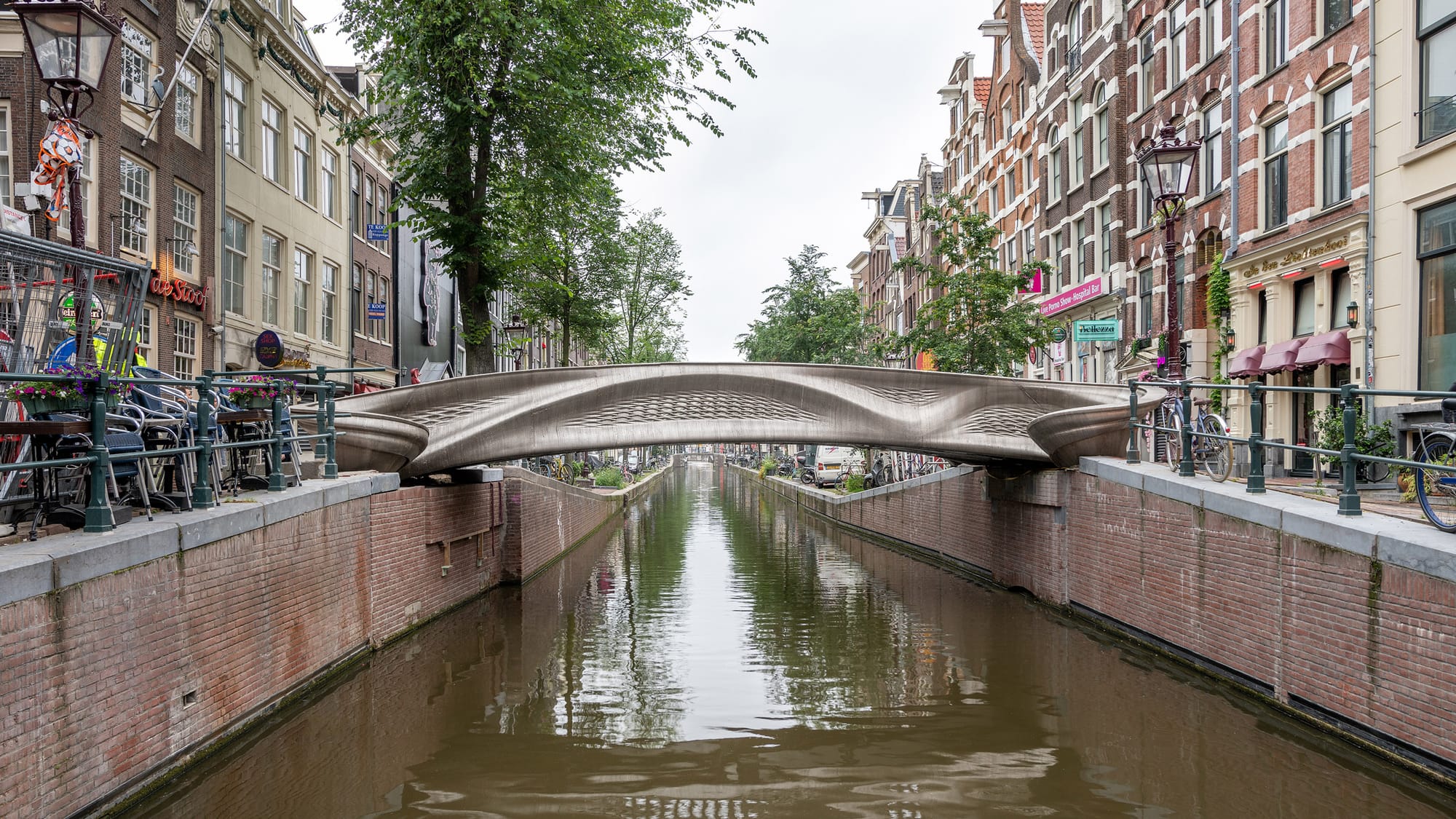
As boundaries dissolve, the creative process becomes less about authorship and more about orchestration. The designer’s role shifts toward that of mediator—navigating between hardware and software, code and culture, human and non-human systems. The challenge is not simply to integrate technology but to question how it redefines creativity, ethics, and agency within interconnected environments.
Toward Cyber-Physical Practice
The convergence of art, design, and technology is not a passing phase but a structural evolution of creative culture. As AI, robotics, and sensing technologies permeate material and spatial practice, the question is no longer whether technology belongs to design, but how design can responsibly shape hybrid worlds.
Cyber-physical creativity points toward futures where the boundaries between virtual and tangible dissolve, where data behaves like matter, and where imagination operates as both biological and computational intelligence. From drones that mimic nature to structures that sense and respond, the design-tech continuum signals a cultural shift: creativity as a dynamic interface—alive, adaptive, and shared between human and machine.

